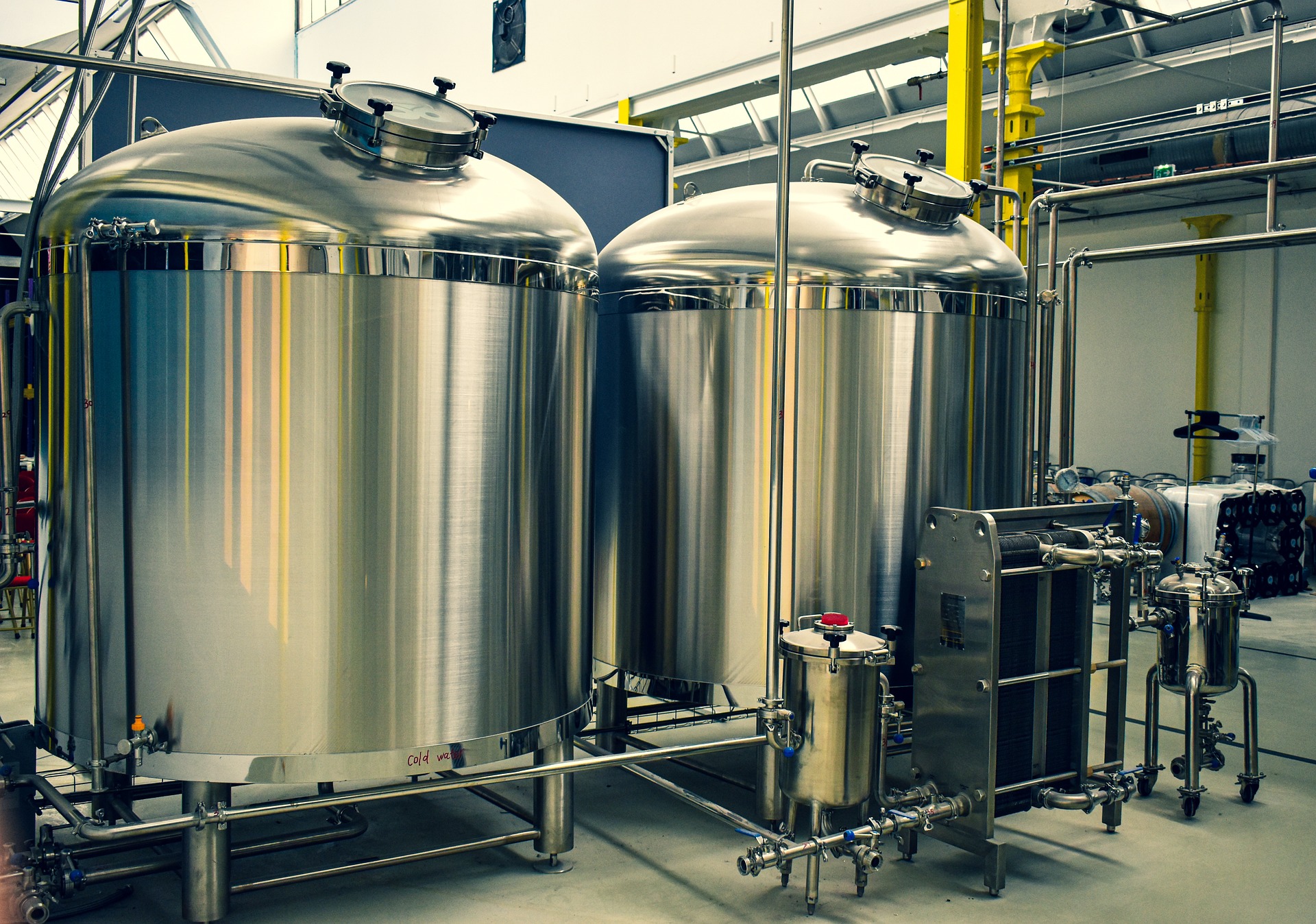How to Improve CIP Performance?
Posted on April 25, 2023 by Cedarstone Industry Team
Keeping your equipment in good condition is an aim of many manufacturers and brewers. One way of doing this is keeping the equipment clean. You can achieve that with the clean-in-place (CIP) method. Although this strategy is effective, it is crucial to optimize it in order to receive the best possible results. So, how can you improve CIP performance? Read this article to learn more!
What is CIP and why should you use it?
CIP or cleaning-in-place is a method of cleaning your equipment, tanks, vessels and pipes without disassembling them. CIP systems use special pumps and cleaning solutions, to eliminate all dirt, debris and residual product out of your equipment. Moreover, during the CIP process, your equipment is also rinsed and sanitized.
The main advantage of cleaning-in-place is its cost-effectiveness. Not having to disassemble your equipment helps your budget. What is more, the cleaning systems used are often better than manual cleaning and do not involve human-driven mistakes – such as using the wrong cleaning solution. Additionally, CIP reduces the costs of maintaining your equipment – properly cleaned tanks or vessels will require fewer repairs.

CIP performance – how to improve it?
Although using CIP itself may affect your business positively, there are some clean-in-place guidelines that can help you achieve even better results. Here are some of our suggestions on how you can improve your CIP performance:
Optimize the CIP duration
Time is one of the four T’s of CIP – the most important aspects. By reducing the time of your cleaning cycle you gain several benefits, namely:
- Resuming your production more quickly.
- Reducing energy consumption.
- Reducing water usage.
- Reducing the amount of cleaning solutions and chemicals used.
As you may have observed, all of these benefits result in decreasing the overall costs of your CIP. Additionally, your company will become more eco-friendly and sustainable. You can learn how to achieve this by reading your guideline on cleaning-in-place time optimization.
Use and maintain the best CIP equipment
Temperature also belongs to the four T’s. Adjusting it and keeping it at the right level is crucial for preparing effective clean-in-place systems. By using better equipment and maintaining it – repairing leaks and exchanging broken parts – you will achieve better temperature conduction. As a result, your CIP will require lower initial temperatures. This will both save you money and ensure you that the CIP process is of the highest quality.
Additionally, a properly maintained CIP system will serve you longer – thus, again reducing the possible costs. This is especially true for the better quality cleaning-in-place equipment, so do not hesitate to invest in something slightly more pricey – it will bring you a return, as it will work longer.
Introduce dirt-preventing and analyzing systems
Another way to optimize your CIP performance is creating systems that reduce possible dirt accumulation. This does not have to be complicated – it is enough to educate your employees on the procedures of cleaning your equipment. As a result, you will have much cleaner equipment even without the CIP, and you will be able to focus more on the places that your employees are unable to deal with during the process itself.
Additionally, you may install sensors which will detect dirt, debris or residual products. This will give you data which you can use to plan your cleaning-in-place. You will run your CIP when it is required, knowing that you are not doing it for nothing.
The takeaway
Improving your CIP performance is a great way to reduce costs and achieve a smoothly working cleaning system. Whether it’s reducing the time of the process, or investing in better CIP equipment – there are numerous ways to refine your cleaning-in-place and achieve the best results.
And if you are operating in the food business, check how to keep your food processing equipment sanitary.
